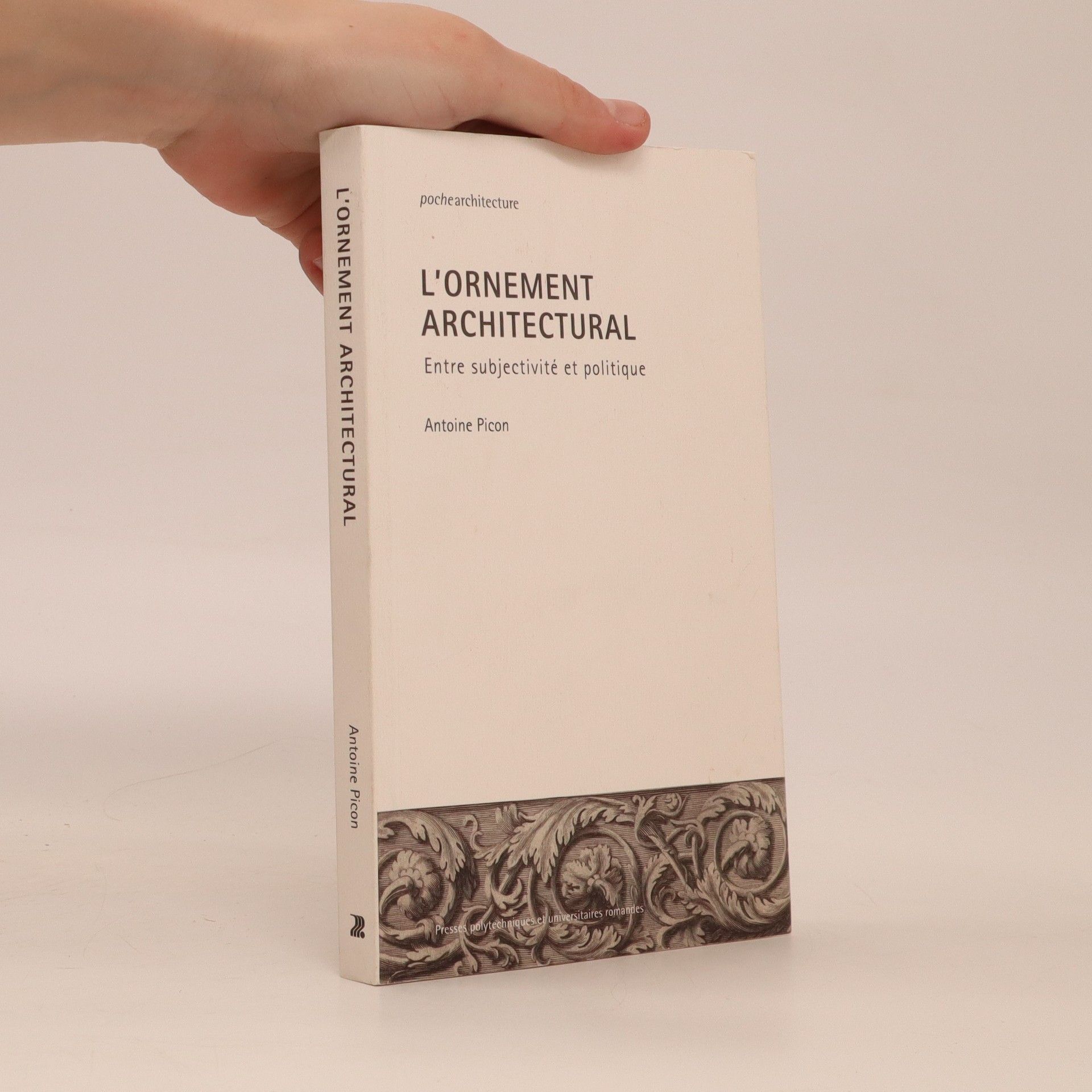Digital tools have launched architecture into a dizzying new era, one in which wood, stone, metal, glass, and other traditional materials are augmented by pixels and code. In this ambitious exploration, an eminent thinker examines what, exactly, the building blocks of architecture have meant over the centuries and how technology may-or may not-be changing how we think about them. Antoine Picon argues that materiality is not only about matter and that the silence and inscrutability-the otherness-of raw materials work against humanity's need to live in a meaningful world. He describes how people define who they are, in part, through their specific physical experience of architectural materials and spaces. Indeed, Picon asserts, the entire paradox of the architectural discipline consists in its desire to render matter expressive to human beings. Through a retrospective review of canonical moments in Western European architecture, Picon offers an original perspective on the ways materiality has varied throughout centuries, demonstrating how experiences of the physical world have changed in relation to the evolution of human subjectivity. Ultimately, Picon concludes that computer-based design methods are not an abrupt departure from previous architectural traditions but rather a new way for architects to control material resources. The result reinforces the fundamentally humanistic nature of architectural endeavor with an increasing sense of design freedom and a release from material constraint in the digital era
Antoine Picon Bücher






A fascinating exploration of how the growth of digital mapping, spurred by sensing technologies, is affecting cities and daily lives
Authorship - Discourse, A Series on Architecture
- 336 Seiten
- 12 Lesestunden
Digital Property - Open-source Architecture Ad
- 136 Seiten
- 5 Lesestunden
"Even more than authorship, ownership is challenged by the rise of digital and computational methods of design and production. These challenges are simultaneously legal, ethical and economic. How are new methods of fabrication and manufacture going to irreversibly change not only ways of working, but also designers ethics and their stance on ownership? In his 2013 second-term State of the Union address, President Obama stated that 3D printing has the potential to revolutionize the way we make almost everything. Nowhere will the impact of 3D printing be felt greater than in the architectural and design communities. When anyone can print out an object or structure from a digital file, will designers still exert the same creative rights or will they need to develop new practice and payment models? As architecture becomes more collaborative with open-source processes, will the emphasis on signature as the basis of ownership remain relevant? How will wider teams working globally be accredited and compensated? This issue of AD explores this subject; it features the work of designers who are developing wholly new approaches to practice by exploring means of commercialising process-based products rather than objects."--Back cover
digitalSTRUCTURES: Data and Urban Strategies of the Civic Future provokes a larger body of work that engages with digital property and data infrastructures.
Après avoir été comparé par Adolf Loos à un "crime" et quasi abandonné par l'architecture moderne, l'ornement architectural a fait un retour spectaculaire ces dernières années, souvent en relation avec la montée en puissance des outils numériques. Quel sens donner à ce phénomène ? En même temps qu'il semble renouer avec une tradition pluriséculaire, l'ornement architectural contemporain diffère de ses prédécesseurs sur un certain nombre de points clés. Ce livre commence par explorer ces différences avant de proposer deux fils conducteurs permettant de relier passé et présent, ornement traditionnel et ornement contemporain. L'ornement présente tout d'abord des liens étroits avec la question du ou plutôt des sujets de l'architecture : concepteurs, artisans, clients, spectateurs qui tous contribuent à la production et à la réception de l'architecture. La portée politique de l'ornementation constitue un second fil conducteur. L'une des fonctions de l'ornement consistait autrefois à inscrire l'architecture dans un réseau de significations politiques et sociales. Subjectivité et politique : où en sommes-nous concernant ces deux aspects aujourd'hui ? La question de l'ornement permet en réalité de poser plus généralement celle du sens de l'architecture au sein du monde contemporain.